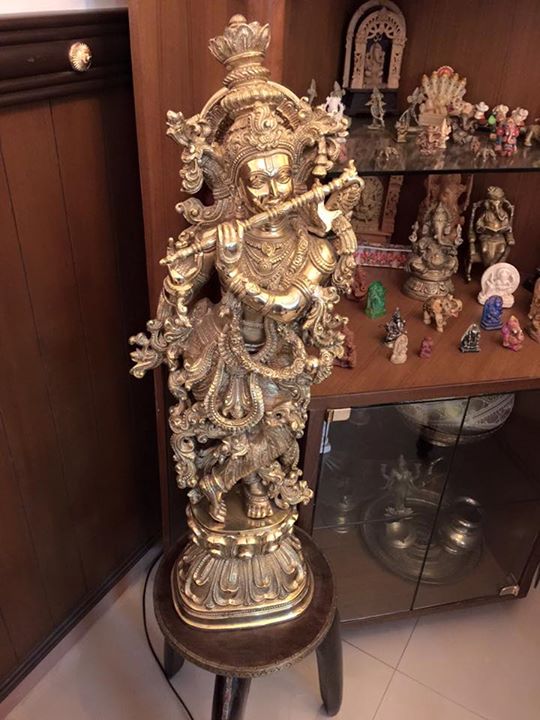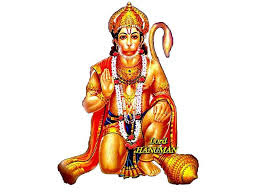HINDU FASTS & FESTIVALS : 21 - 5.

21. Skanda Sashti - 5. There are big temples of Lord Subramanya at Tiruchendur, in Udipi, Palani Hills, in Ceylon and Tiruparankundrum. The Lord spent His childhood days in Tiruchendur and took Mahasamadhi at Kathirgamam. If anyone goes to Kathirgamam with faith, devotion and piety, and stay in the temple there for two or three days, the Lord Himself grants His vision to the devotee. The devotee is filled with rich spiritual experiences. A big festival is held in the temple every year on Skanda Sashti. Thousands of people visit the place. “Mountains” of camphor are burnt on this occasion. Skanda Sashti falls in November. It is the day on which Lord Subramanya defeated the demon Taraka. Great festivals are held on this day with great pomp and grandeur. Devotees also do Bhajan and Kirtan on a grand scale. Thousands are fed sumptuously. Many incurable diseases are cured if one visits Palani and worships the Lord there. In South India, the L...

















